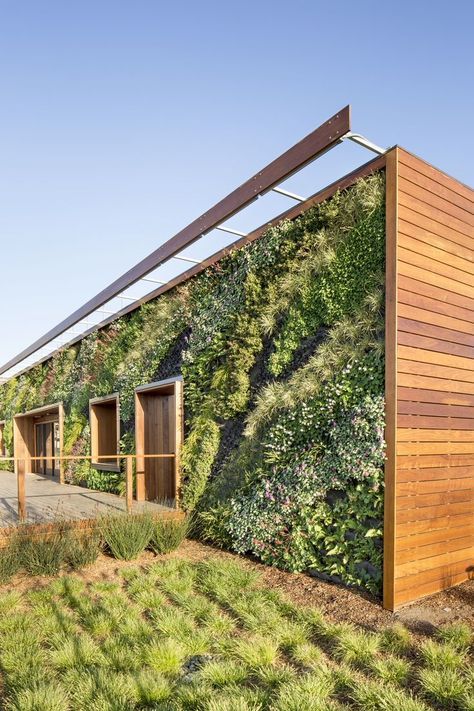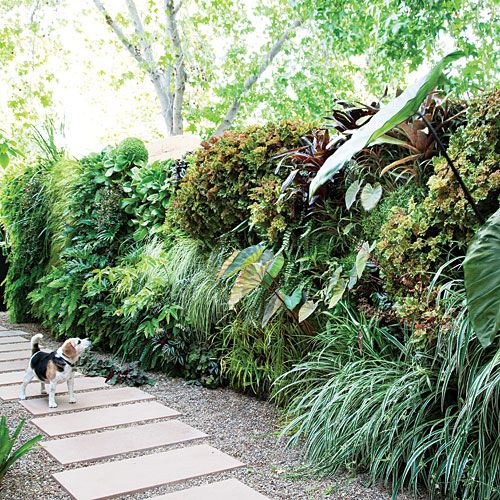
Living walls, also known as vertical gardens or green walls, are still a relatively new concept in the world of urban landscaping but are quickly gaining popularity. These innovative structures consist of plants and vegetation that are grown vertically on a wall or other vertical surface, creating a stunning visual display while providing a range of environmental benefits. Living walls can be installed indoors or outdoors and are known to improve air quality, reduce noise pollution, regulate indoor temperatures, and even boost the mood and productivity of people in their vicinity. These living installations are also known to attract wildlife such as birds and insects, promoting biodiversity in urban settings. In addition to their environmental benefits, living walls also contribute to the aesthetic appeal of a space, helping to create a serene and natural ambiance in homes, offices, and public spaces. With the increasing focus on sustainability and green living, living walls are becoming a popular choice for those looking to bring nature into their environments in a creative and impactful way.
Living walls are a popular trend in interior design and landscaping that allow for the incorporation of greenery into indoor and outdoor spaces. These vertical gardens not only add a touch of nature to urban environments but also provide numerous benefits to both buildings and their occupants. By installing living walls, one can improve air quality, reduce noise pollution, and create a more pleasant and inviting atmosphere. In addition, they can also help regulate temperature, conserve energy, and promote biodiversity in urban settings.
Incorporating living walls into architectural design can have a transformative effect on the overall aesthetics of a space. The lush and vibrant plants that make up these green installations can add a pop of color and texture to otherwise bland or sterile environments. In addition, the use of living walls can help soften the hard edges of buildings and create a more harmonious relationship between the built environment and the natural world. By blending nature and architecture in this way, living walls can create a calming and visually appealing space that enhances the well-being of those who occupy it.
In addition to the visual and aesthetic benefits of living walls, these green installations also have a positive impact on the environment. By providing habitat for birds, insects, and other wildlife, living walls can help support local ecosystems and promote biodiversity in urban areas. In addition, the plants that make up living walls can help improve air quality by filtering out pollutants and particulate matter. By incorporating living walls into our homes, offices, and public spaces, we can create healthier and more sustainable environments that benefit both people and the planet.
Overall, living walls offer a host of benefits that make them a valuable addition to any space. From improving air quality and reducing noise pollution to enhancing aesthetics and promoting biodiversity, these green installations have the potential to transform the way we design and interact with our built environments. By incorporating living walls into our homes, offices, and public spaces, we can create healthier, more sustainable, and more inviting places to live, work, and play.
 Decoration Ideas
Decoration Ideas








